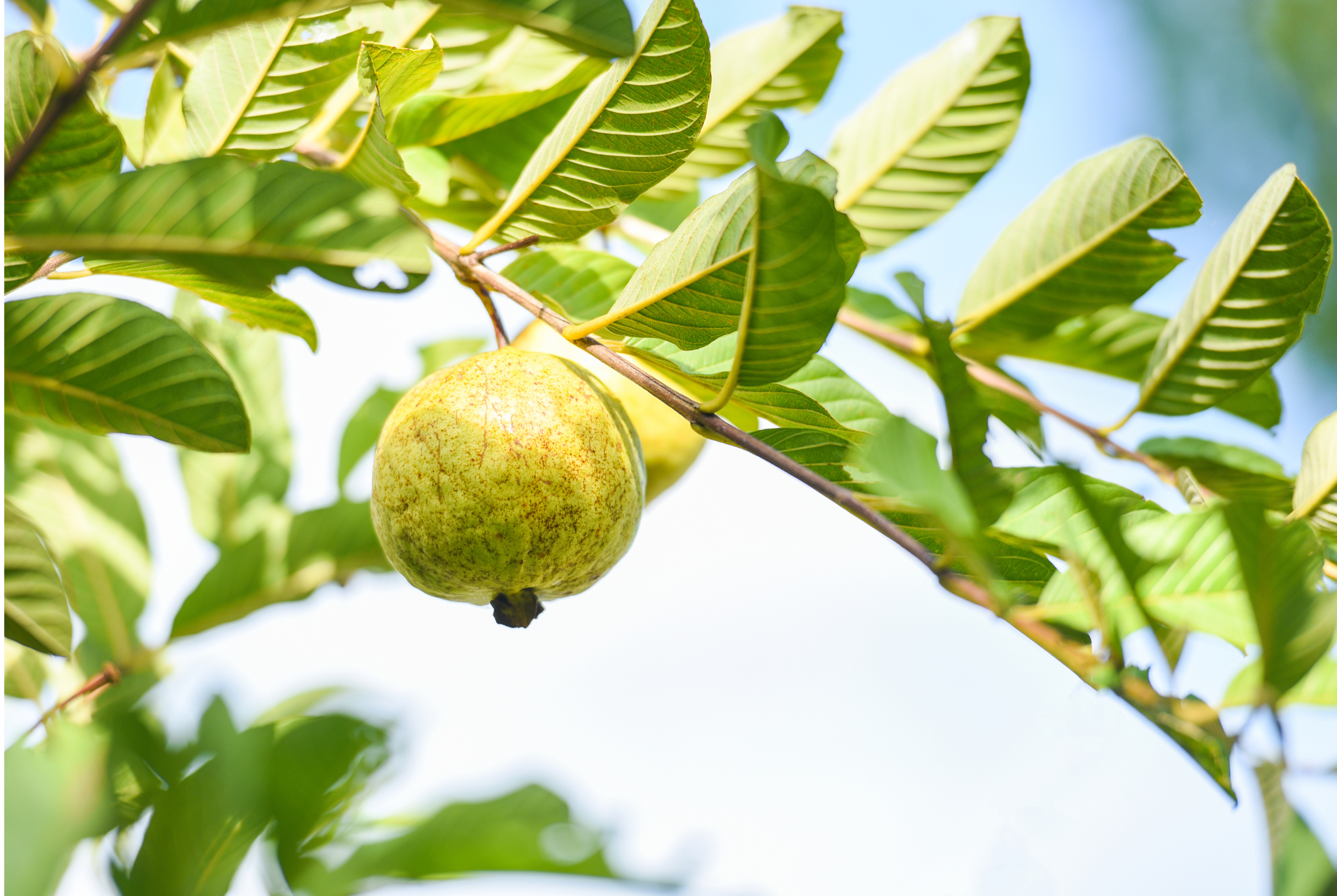By Michael Collins, Teravana
Trees are getting a bad name. Often seen as the reason for so many wildfires, it is easy to forget all they do for us. Today, many foresters and ecologists see planting trees as a way to protect against fires. So, in that sense, trees are essential in a forward-thinking version of restoration.
Pre-colonization and pre-global warming forests were more predictable and, for the most part, more manageable. Pre-colonization Indigenous people had a relationship with forests and relied on tools like fire to coexist with the land. Today, foresters and firefighters face dense and dry forests, a changing environment, and an unknown future.

Restoration means returning something to or as close to its original state as possible. But today’s most applicable definition of restoration is to think of it as recovering what has been lost but also adapting to today’s complex environment. If we stay true to bringing a particular piece of land or ecosystem back to its original state, we are susceptible to the turbulence that may lie ahead. If we take measures to make the land more resilient, hopefully, there will not be the need for more intensive restoration down the road. (Hanberry, et al., 2015).
A resilient forest can endure a disturbance and is likely to persist (Koontz, et al., 2020). Fire-resistant trees do not burn as quickly or with as much intensity as other vegetation. Some characteristics make certain trees resilient: high water content, trees that shed leaves in winter, large and thick leaves, trees that produce less oil or wax and sap. These types of trees, like all trees, are not fireproof, but they have the natural ability to slow down fire and survive.
Four trees with the above qualities can be found and planted in Sonoma County: Coast Live Oak Trees, American Mountain Ash Tree, Beech Tree, and Chinese Pistache Tree. Team Teravana is working to grow a variety of native trees. Heterogeneous planting makes it harder for a fire to move through and spread consistently. A benefit of planting trees with high water content, like the Coast Redwoods at Teravana, is that water vapor adds to humidity in the air, reducing the likelihood of fires (Burgess, et al., 2021).
Teravana has scars from a history of logging. Even as it is today, with dry grounds, creekbeds, and water rushing through during the rainy season, Teravana is resilient.
But Team Teravana and local ecologists see how the succession of the forest can be set in motion with targeted grazing, planting native grasses, and establishing various native trees that will also benefit the soil.
Teravana is working every day to see this journey through and to engage and share results with neighbors. Join us by attending one of Teravana’s workshops and/or donating: https://www.teravana.org/canopy-of-giving/
REFERENCES
Burgess, Paul, et al. Agroforestry as a sustainable land use option to reduce wildfires risk in European Mediterranean areas. June 2021. Agroforestry Systems 95(12).
Hanberry, Brice, et al. Restoration Is Preparation for the Future. Journal of Forestry, Volume 113, Issue 4, July 2015, Pages 425–429. https://academic.oup.com/jof/article/113/4/425/4599681?login=false
Koontz, Michael J, et al. Local forest structure variability increases resilience to wildfire in dry western U.S. coniferous forests. 2020. Ecology Letters. Northlab.faculty.ucdavis.edu. https://northlab.faculty.ucdavis.edu/wp-content/uploads/sites/195/2020/01/Variable-forest-structure-increases-resilience-to-wildfire-Koontz_et_al-2020-Ecology_Letters.pdf
The Best Fire-Resistant Trees to Plant to Create a Defensible Space. Vintage Tree Care Inc. https://www.vintagetreecare.com/fire-resistant-trees-to-create-a-defensible-space